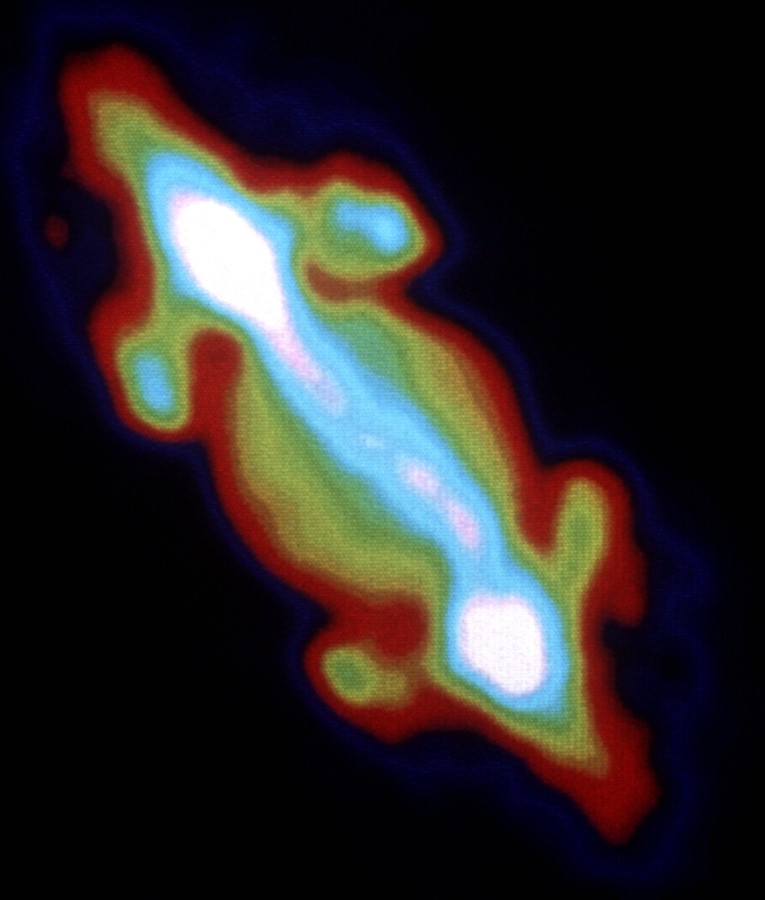Chapter 6: Electromagnetics
Light is electromagnetic radiation (or electromagnetic force) at frequencies that can be sensed by the human eye. The whole electromagnetic spectrum, though, has a much broader range of frequencies than the human eye can detect, including, in order of increasing frequency: audio frequency (AF), radio frequency (RF), infrared (meaning "below red," IR), visible light, ultraviolet (meaning "above violet," UV), X-rays, and finally gamma rays. These designations describe only different frequencies of the same phenomenon: electromagnetic radiation.
All electromagnetic waves propagate at the speed of light. The wavelength of a single oscillation of electromagnetic radiation means the distance the wave will propagate in vacuo during the time required for one oscillation. Frequency is expressed in Hertz (Hz), which represents cycles per second.
The strength, or intensity of the wave (analogous to a sound wave's loudness) is known as its amplitude.

There is a simple relationship between the frequency of oscillation and wavelength of electromagnetic energy. Wavelength, represented by the Greek lower case lambda (λ), is equal to the speed of light (c) divided by frequency (f).
For wavelengths up through radio frequencies, power or intensity is commonly expressed as a power ratio in decibels, dB. This is a means of convenient notation (as is also the system of scientific notation) to describe power ratios varying over many orders of magnitude. The decibel takes the form of a base-10 logarithm. A reference may be specified, for example, dBm is referenced to milliwatts, dBw is referenced to Watts, etc. Example:
20 dBm = 1020/10 = 102 = 100 milliwatts
An increase of 3 dB corresponds to an approximate doubling of power. The factor is specifically 103/10 = 1.9953.
Electromagnetic energy of all frequencies or energies can be viewed in physics as if it were waves, as described above, and also as particles, known as photons. It is generally common to speak of waves when talking about lower frequencies and longer wavelengths, such as radio waves. Reference to photons is common for physicists talking about light and electromagnetic force of higher frequencies (or energies). Waves are described in terms of frequency, wavelength, and amplitude. Photons, seen as particle carriers of the electromagnetic force, are described in terms of energy level using the electron Volt eV). Throughout this document the preferred treatment will be waves, which is arguably a more informative approach.
Deep space communication antennas and receivers are capable of detecting many different kinds of natural emitters of electromagnetic radiation, including the stars, the Sun, molecular clouds, and gas giant planets such as Jupiter. These sources do not emit at truly random frequencies, but without sophisticated scientific investigation and research, their signals appear as noise -- that is, signals of pseudo-random frequencies and amplitudes. Radio Astronomy is the scientific discipline which investigates natural emitters by acquiring and studying their electromagnetic radiation. The Deep Space Network participates in radio astronomy experiments.
Deep space vehicles are equipped with radio transmitters ("artificial emitters") and receivers for sending and receiving signals (electromagnetic radiation) to and from Earth-based tracking stations. These signals utilize pre-established discrete frequencies. On the other hand, various natural and human-made emitters combine to create a background of electromagnetic noise from which the spacecraft signals must be detected. The ratio of the signal level to the noise level is known as the signal-to-noise ratio (SNR). SNR is commonly expressed in decibels.





